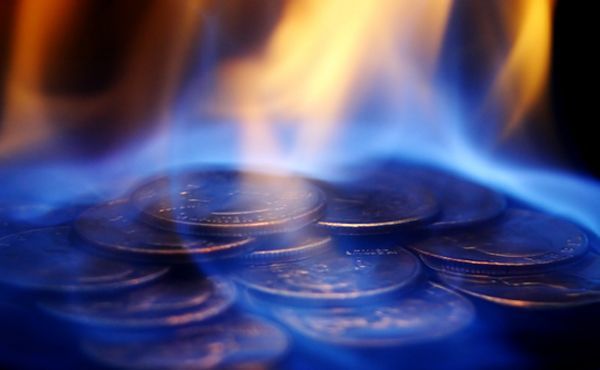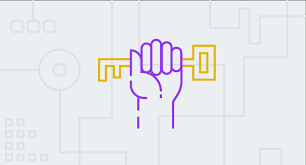“It’s better to burn out than to fade away.” –Kurt Cobain
It’s been long enough into the crypto craze that we have all at least seen or heard a mention of a ‘coin burning’. Various tokens and blockchains require that their currencies go through this burning process. Basically, when coins are burned, the tokens are sent to what they call an eater address where they are unusable and unspendable from that point. They are, in essence, being destroyed.

Why?
Why burn coins though? What good does that do? Well, there are a couple uses. Some chains like to burn coins in order to avoid inflation and keep the value of coins at a consistent level with the market. Burning coins makes for scarcity of the asset, increasing it’s value. This is especially applicable in some protocols where there is an unlimited monetary supply.
Another purpose for coin burning is the PoB consensus. PoB, or Proof of Burn, is a consensus mechanism used by few blockchains to verify and build new blocks. Having characteristics of Proof of Works and Proof of Stake consensus mechanisms, PoB users seek to be more efficient and sustainable than those who operate under PoW. It also, however, lacks the scalability and speeds that PoS can achieve.
How Does PoB Work?
In order to burn coins on a proof of burn algorithm, one must first obtain a number of coins to burn. Any holder on the network in a PoB system can usually have the opportunity to participate in the burning. A holder can take any number of coins and send them to an “eater address” which is just a wallet address with no security codes and is inaccessible. Once this happens, there is an algorithm that verifies that the sender sent x amount of coins to this confirmed eater wallet. Once verified, the network then rewards the burner through a digital “rig” that mines new blocks.
Coin burns create or “buy” a virtual rig for those who burn. This rig uses the amount of burned coins as a cost for mining power and creates new blocks against the old coin value. The more coins a holder burns, the more mining power they hold. Rewards are given to the burner as new blocks are validated. The rewards cover the cost of the burn, and then some.

PoB vs PoW vs PoS
A PoB consensus is very unique, and not very widely used. Like PoW, there is a cost of value to validate transactions, but there is no need for the labor and resource that is required to solve a complex algorithm. The value of the coins is the only cost. Similar, but less energy. This consensus requires users to hold the token which is burnt, like in a PoS, but differs in that coins are destroyed and not just staked.
Having a PoB system creates advantages such as coin scarcity (increased value and limited supply) and more decentralization. It’s definitely more sustainable than PoWs, since less is more in this case. On the flip side, there is not much proven data that there is increased scalability or even speed in using this type of consensus. If anything, PoB is viewed as sub-par.
Applied Burning
Though Proof of Burn isn’t exactly a regular practice, coin burning most certainly is. There are numerous projects like MakerDao, Ethereum, Binance, Pancake Swap and many others that burn coins on a consistent basis. Burning the tokens brings stability to a volatile valuation in a sea of infinite coins. It’s a tool for market correction and is very valuable to many platforms to keep their assets from inflating. When the amount of coins is adjusted to fit the current market environment, this keeps and even ads value to the token, preventing inflation and other harmful trends.
Burning Coins isn’t bad- it’s actually good! It’s most certainly fascinating. Some coins are just meant to be burned; mostly for value, not so much for validity.




